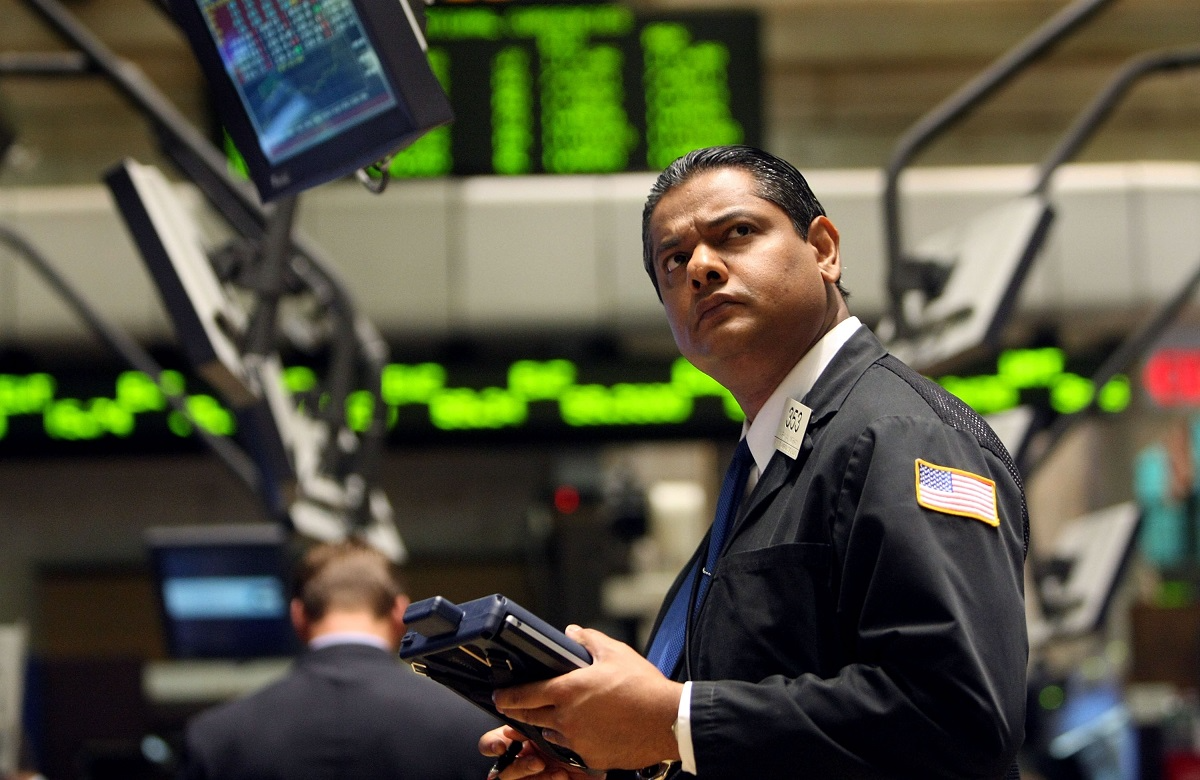The Dow Jones Industrial Average (^DJI +0.16%) is America's most-watched index, and it's given us a lot of insight into the changing American economy over the years. In our ongoing quest to learn more about the Dow and the companies that comprise it, we've examined the age of its components, the frequency of its changes, the value and financial strength of its representative companies, the people who make these companies tick, and the way the Dow itself is put together. Today we'll take a look at how the Dow has performed over the years, to gain some perspective into the day-to-day volatility that the financial media often warns about.

Source: Carlos Delgado via Wikimedia Commons.
1. The Dow ends most years with a double-digit percentage change
Since 1897, which is the first full year for which the Dow was tracked, the index has finished 38 years with a gain or loss of less than 10%. That means that for the other 78 years -- fully two-thirds of the time -- the index closed its trading year at least 10% higher or lower than it started. Most of those years were good years, as the Dow has only endured 23 years of double-digit percentage declines in its history.
2. The Dow has only experienced only 10 double-digit one-day moves in its history
There have been nearly 30,000 trading days in the history of the Dow Jones Industrial Average. However, only 10 of those days produced swings in excess of 10%. Interestingly, eight of the 10 biggest days in Dow history occurred in October, and two of them took place on the same day in October, nearly 80 years apart. Here they are (click the links on each date for a bit of historical background on the cause of that particular day's big move):
- Oct. 19, 1987 (Black Monday): 22.6% loss.
- March 15, 1933: 15.3% gain.
- Oct. 6, 1931: 14.9% gain.
- Oct. 28, 1929 (the original Black Monday): 13.5% loss.
- Oct. 30, 1929: 12.3% gain.
- Oct. 29, 1929: 11.7% loss.
- Sept. 21, 1932: 11.4% gain.
- Oct. 13, 2008: 11.1% gain.
- Oct. 28, 2008: 10.9% gain.
- Oct. 21, 1987: 10.1% gain.
3. The Dow changes at an average rate of nearly 0.8% every trading day
In nearly 30,000 trading days, the Dow has moved from double digits at its inception to over 16,000 points today. We've become so accustomed to modest movements that we can easily forget just how frenetic the Dow's daily movements can be, and the historical record bears this out. The average absolute daily change (which tallies both positive and negative movements the same way) from 1896 to 2014 is 0.76% per day. When you see another headline howling about how stocks tanked because the Dow fell 1% in a day, keep in mind that these moves are really not that rare.
4. The Dow has grown by over 20,000% in the past century
The Dow started its first trading day of 1914 with a value of 78.59 points. The first trading day of 2014 ended with a Dow value of 16,441.35 points. Over the course of a century, the index grew 20,820% -- not including any reinvested dividends, which would have added substantially to any returns, as the average aggregate yield of the Dow's components was always greater than 3% until the 1990s. The Dow's 30 components today combine to yield 2.7%
5. The Dow has grown nine times faster than inflation over the past century (with a catch)
Inflation is the scourge of any investment portfolio, but the Dow proves that you can beat inflation over the long run with slow-and-steady stocks. From 1914 to 2014, the index grew nearly 800% after inflation -- although a great deal of that growth only took place from the 1980s onward. In fact, investors in 1914 wouldn't have seen their returns outpace inflation until 1949. The period following the Roaring 20s was a terrible time to be an investor, but the huge gains of the past 30 years have helped push long-run returns significantly higher.





